Naousa, tucked away in the heart of Imathia, feels like a city where history and nature just collide in the best way. As I wandered its leafy streets and gazed at hills blanketed with vineyards, I realized tradition runs deep here—every corner whispers a story if you’re paying attention.
Naousa is famous for its Xinomavro wine—an aromatic red that somehow captures the wild spirit of the region and, honestly, is a big reason why travelers like me end up here.
The city’s natural springs create a calming background as they wind past monuments and cozy cafes. I spent hours sipping local wines, sampling fresh fruit, and people-watching in bustling market squares, soaking up the rhythm of daily life.
There’s a special vibe to how Naousa honors its heroic past while offering warm hospitality and flavors you won’t forget.
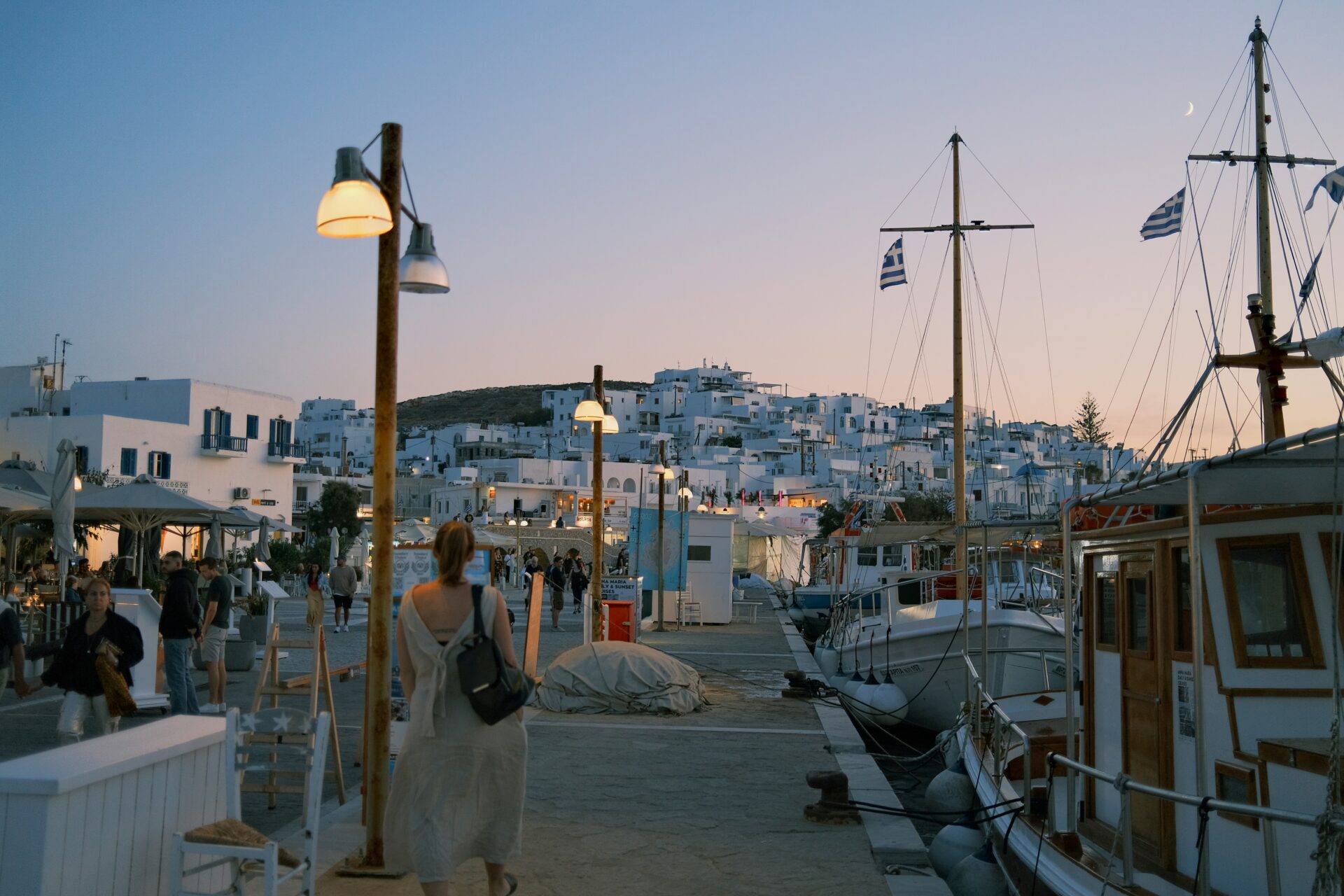
Naousa, Imathia: A Sense of Place
Naousa sits at the foot of Mount Vermio, where legends and daily routines blur together. The city’s story unfolds through quiet springs, lush vineyards, and a local culture you can feel the moment you arrive.
City of Heroes: Historical Legacy
As I strolled the old streets of Naousa, I felt the weight of history. People here call it the “City of Heroes” because of its stand during the 1822 uprising against Ottoman rule.
Every April, locals remember this legacy with ceremonies and reenactments. Stone buildings and monuments quietly tell stories of bravery and loss.
During my visit, I learned about women who sacrificed themselves at the Arapitsa waterfall—a spot now wrapped in peaceful beauty but heavy with memory. History doesn’t hide in museums; it lives in the way people greet you and keep traditions alive.
If you’re even a little curious about Greece’s fight for independence, Naousa offers a living, breathing connection to those times.
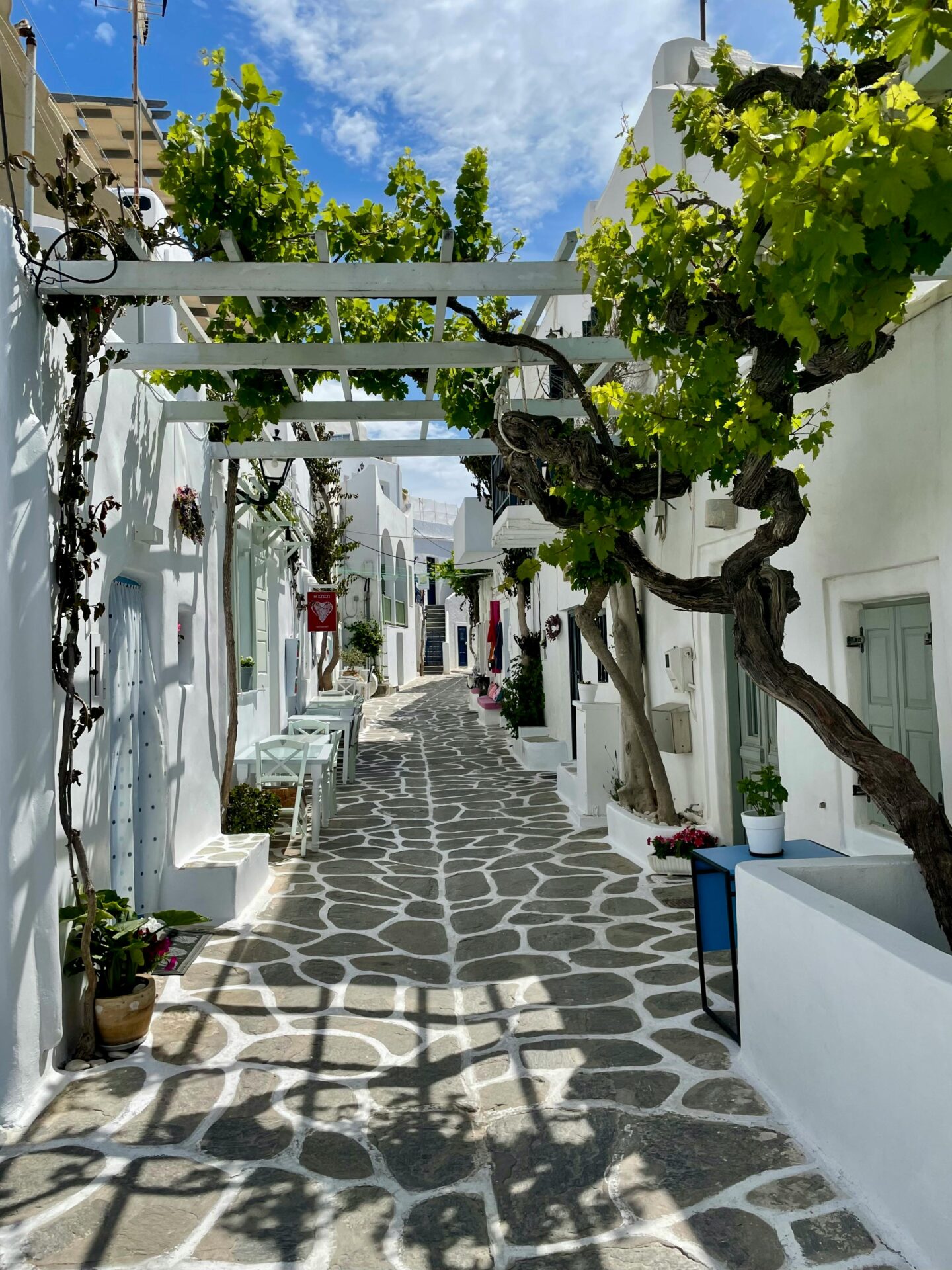
Natural Springs and Verdant Scenery
Naousa’s natural beauty is hard to ignore, especially with all the greenery around. The Arapitsa River, fed by icy mountain springs, runs right through the center, filling the city with life.
I spent mornings on forest trails, where cool air mixes with pine and damp earth. Parks like Agios Nikolaos are perfect for escaping, with picnic tables shaded by tall plane trees and streams that beg you to dip your feet.
Kids play nearby, and families gather for weekend lunches. The landscape shifts with the seasons—wildflowers in spring, bursts of gold and red in autumn.
Vineyards climb the lower slopes of Mount Vermio, offering not just gorgeous views but also that famous Xinomavro wine.
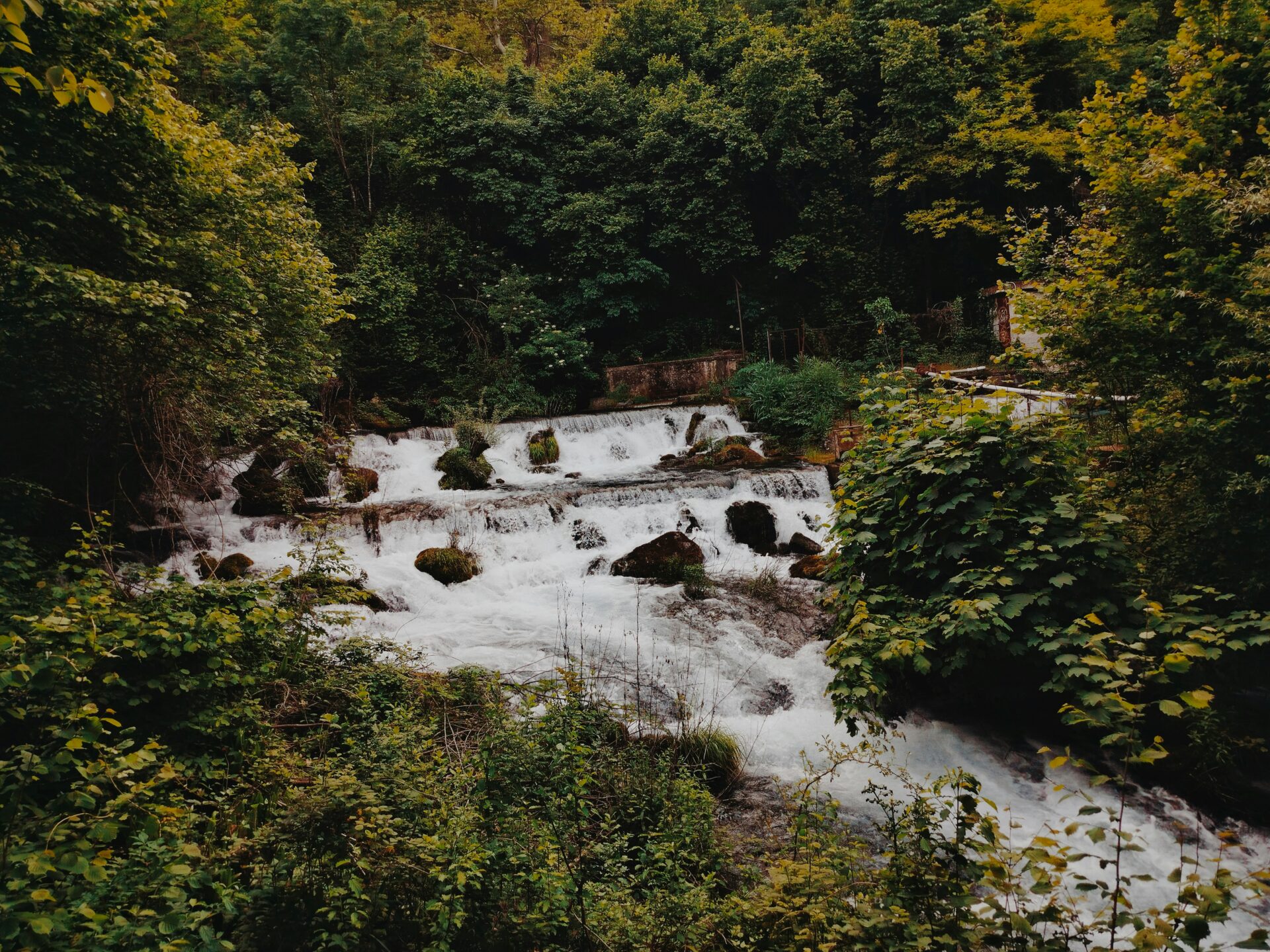
Local Life and Traditions
Daily life in Naousa moves at a relaxed, almost dreamy pace. I loved joining locals at little cafes in the main square for a strong coffee or a sweet treat.
Traditional bakeries fill the air with the smell of warm bread, and open-air markets overflow with cherries, peaches, and homemade cheeses. Festivals give you a peek into local customs.
Music and dance fill summer nights, and during harvest, I watched families gather grapes by hand—always with laughter and singing. Craftsmanship still matters here.
I spotted handwoven textiles and pottery in tiny shops, each piece with its own story. Evenings usually end with Xinomavro, a simple meal, and conversation that flows as easily as the wine.
The warmth and pride of Naousa’s people stuck with me as much as the scenery or the history.
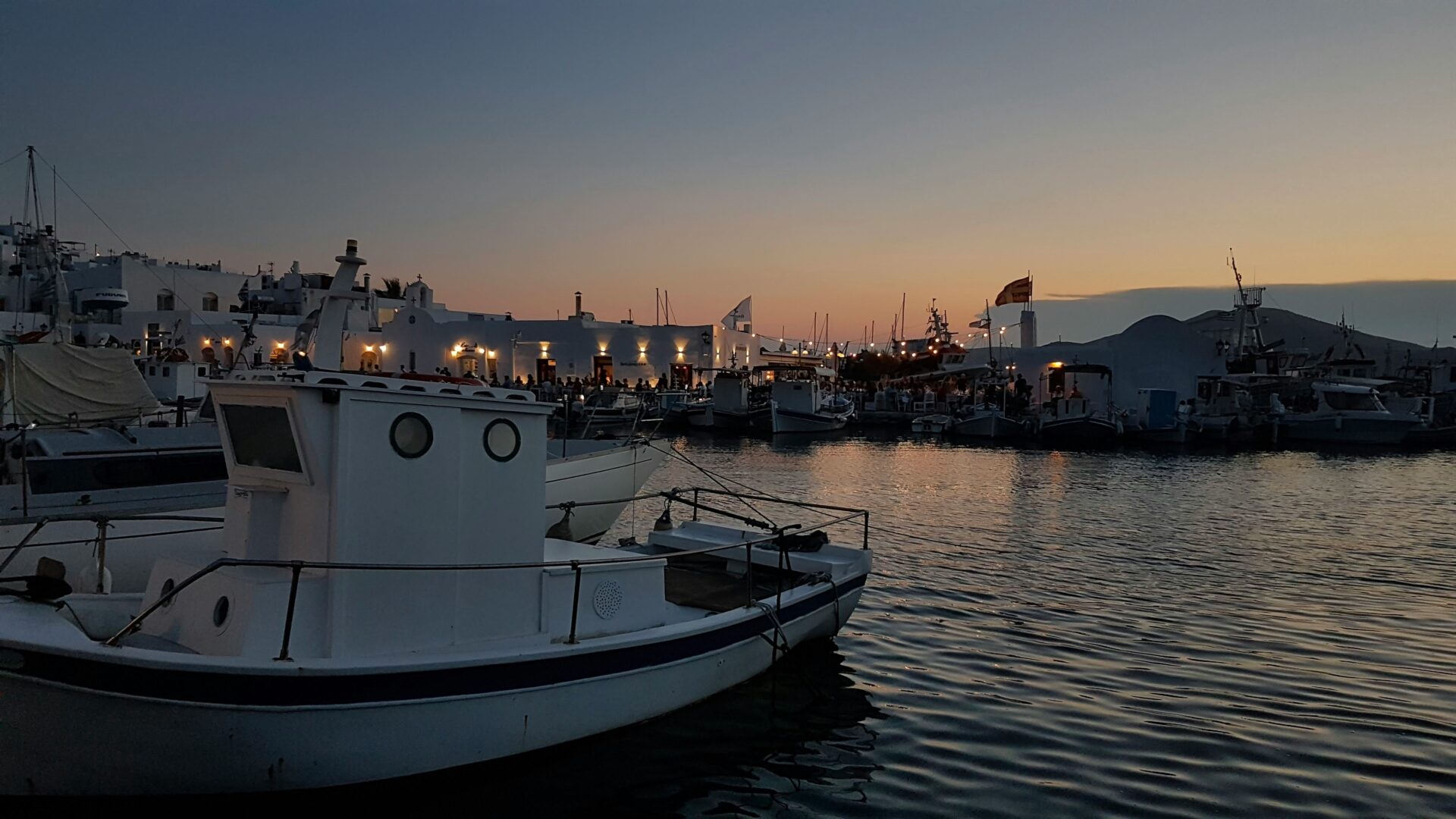
The Allure of Xinomavro Wine
You can’t walk far in Naousa without bumping into Xinomavro wine. This local favorite, known all over Greece, pulls visitors like me into a world of deep flavors, old vineyards, and family traditions.
Xinomavro: Character and Flavor
Xinomavro really is the signature red grape here. Every glass tastes unique and sticks in your memory.
I noticed flavors of cherry, raspberry, and dried tomato, all wrapped in a gentle earthiness. The wine’s strong tannins and fresh acidity jumped out at me, giving it a bold structure that ages beautifully.
I picked up hints of spice and herbs—sometimes even a whiff of olives or sun-dried fruit. The finish lingers, making each sip kind of an adventure.
I love how every bottle reflects the year’s weather and the winemaker’s quirks, so you never get the same experience twice.
Common Tasting Notes in Xinomavro
| Flavor | Description |
|---|---|
| Cherry | Tart, bright notes |
| Tomato | Savory, dried |
| Herbs | Subtle, earthy finish |
| Spice | Black pepper, clove |

Vineyards of Naousa
As I wandered the hills outside Naousa, I found vineyards shaped by both nature and generations of hard work. The region’s climate—cool winters, warm summers, and mountain breezes—lets Xinomavro grapes ripen slowly and fully.
Rocky, well-drained soils force the vines to dig deep, giving the wine a strong character and unique flavor. Some vineyards sit on terraced slopes with stunning views of Mount Vermio, soaking up the sun.
Most vineyards are small and family-run. I met growers tending each row by hand, showing real care for their land.
Many offer tours or tastings right in the vineyards. Sometimes, you even get to taste grapes straight off the plant.
Quick Facts: Naousa Vineyards
- Altitude: 150-400 meters above sea level
- Soil: Limestone and clay
- Vine Age: Some vines are more than 50 years old
- Harvest: Usually late September to October
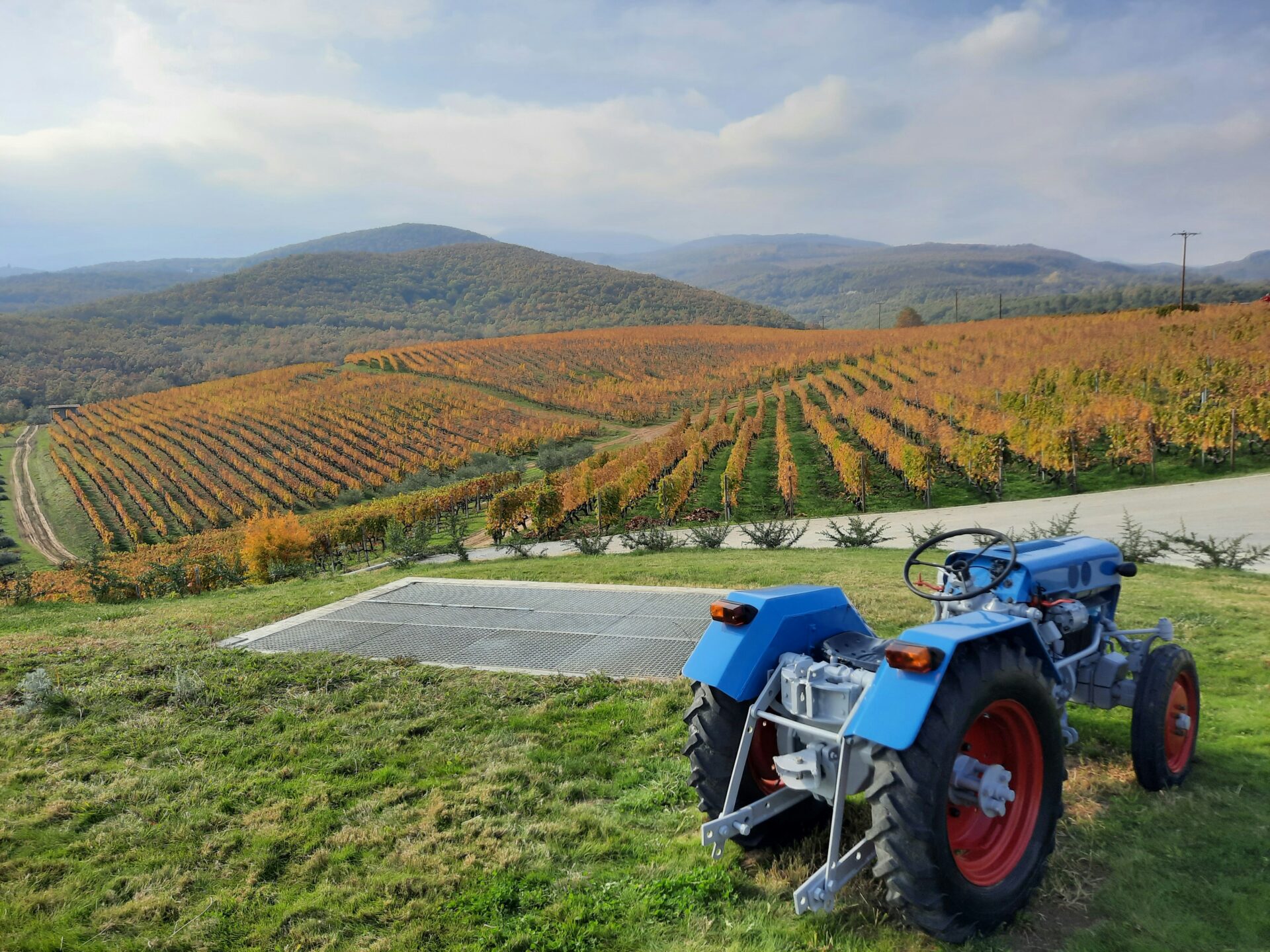
Wine-Making Traditions
The heart of Naousa’s wine beats in its traditions. Many winemakers here still use old oak casks and natural fermentation, blending the old ways with a bit of modern know-how.
I heard stories about family cellars passed down through generations, where secrets are guarded and shared over glasses of deep red Xinomavro.
Winemakers let the grape’s character shine by keeping intervention minimal—no heavy manipulation or weird tricks. Patience matters here; the best bottles rest for years before they’re ready.
I sipped wines that tasted both ancient and alive. Local festivals celebrate the grape harvest, turning the region into a big community of wine lovers.
If you visit Naousa in the fall, you can join tastings, meet producers, and maybe even help crush grapes by hand. The traditions are open to anyone who’s curious, hungry, or just thirsty.
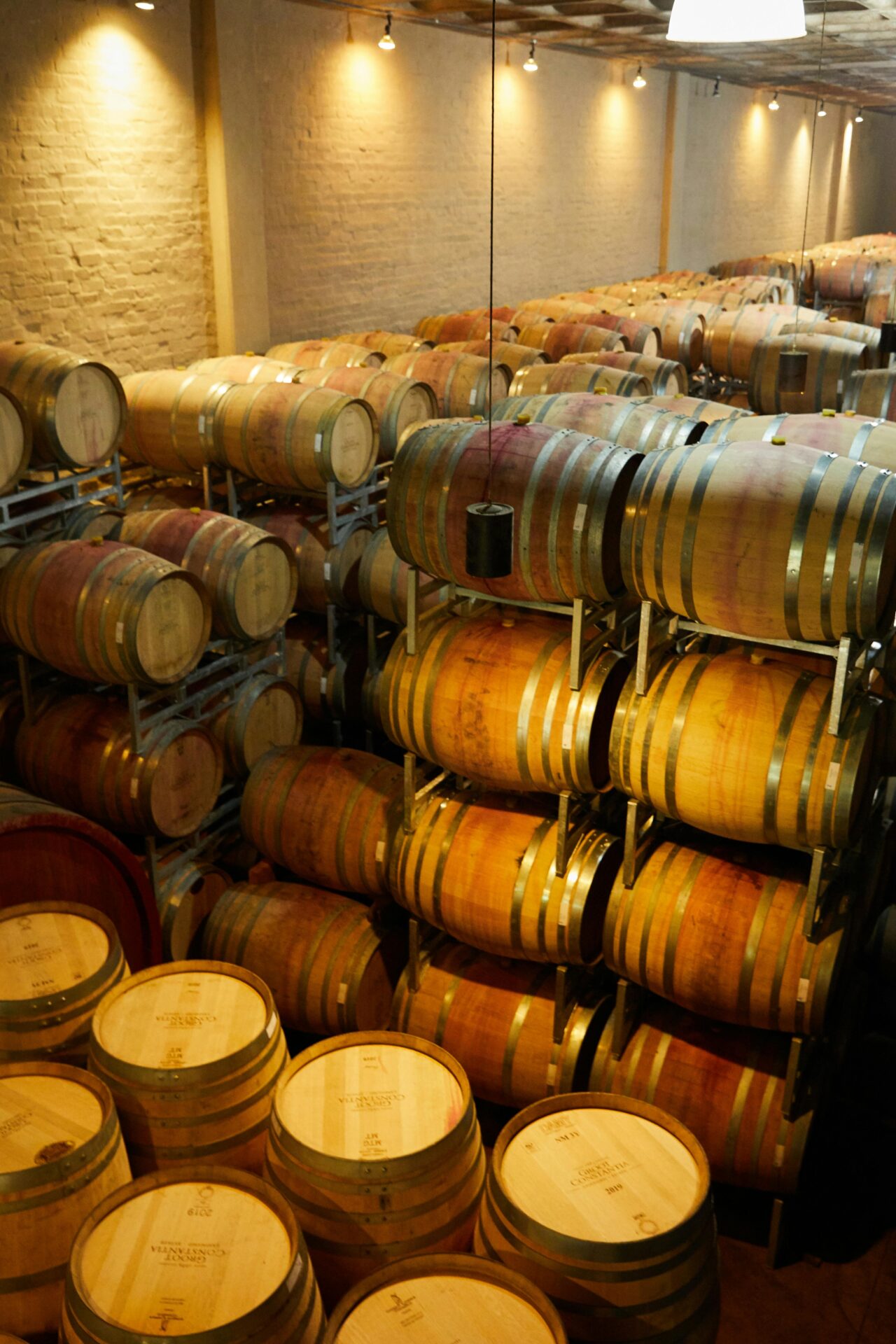
Tasting Naousa: My Personal Wine Journey
Naousa’s Xinomavro wine hooked me from the first sip. Exploring the town’s family-run wineries, cozy cellars, and lively food scene made every tasting feel fresh and meaningful.
Discovering Xinomavro at Local Wineries
Visiting a Naousa vineyard in person is something you don’t forget. Rows of Xinomavro vines stretch to the foothills of Mount Vermio, painting the landscape green.
At each winery, passionate winemakers poured wines that told the story of their land. I learned Xinomavro is famous for its bold red color, aromas of cherries and sundried tomatoes, and zippy acidity.
Most wineries welcomed me warmly, offering tastings from young, fruit-forward bottles to more mature, earthy vintages. Some even pointed out how each plot brings its own twist.
Each stop included short tours through the vineyards, quick chats with the people behind the wine, and tastings on sunny patios or in intimate rooms. The hosts’ friendliness and knowledge made every visit feel personal.
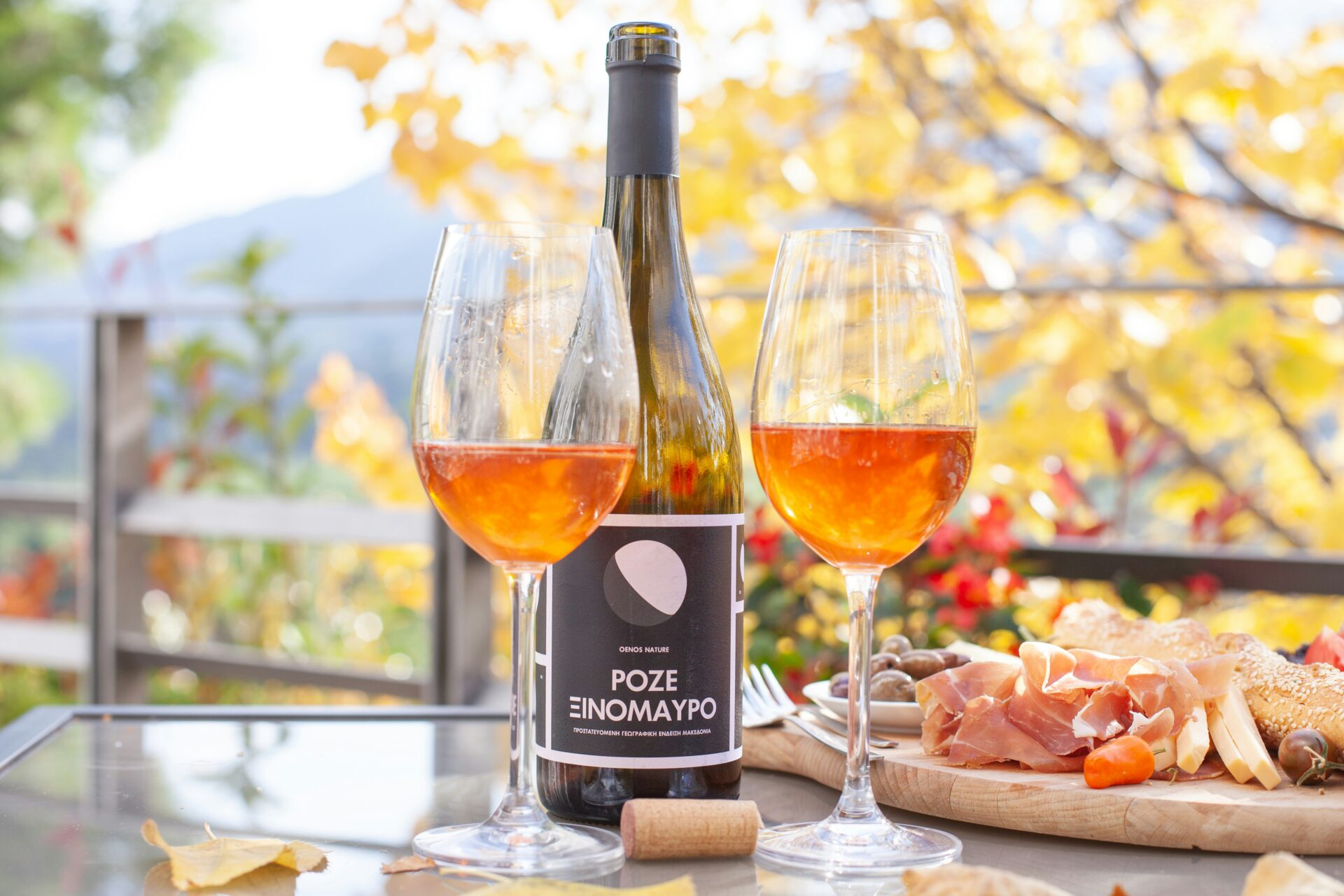
Unique Cellar Experiences
Stepping into the stone cellars beneath Naousa’s wineries, I immediately noticed the cool air and the scent of oak barrels. Candlelight flickered on old walls while winemakers shared stories passed down through the family.
I sampled rare vintages aging in the dark. The winemakers’ enthusiasm was contagious as they explained their family’s techniques.
Some cellars had underground tunnels and old wooden presses, adding a touch of adventure to the experience. One highlight was tasting Xinomavro from different barrels side by side, comparing textures and aromas.
A few wineries let me try wine straight from the cask—a vibrant, fresh flavor you just can’t find in the bottle. These moments gave me a real appreciation for the care behind Naousa’s wines.
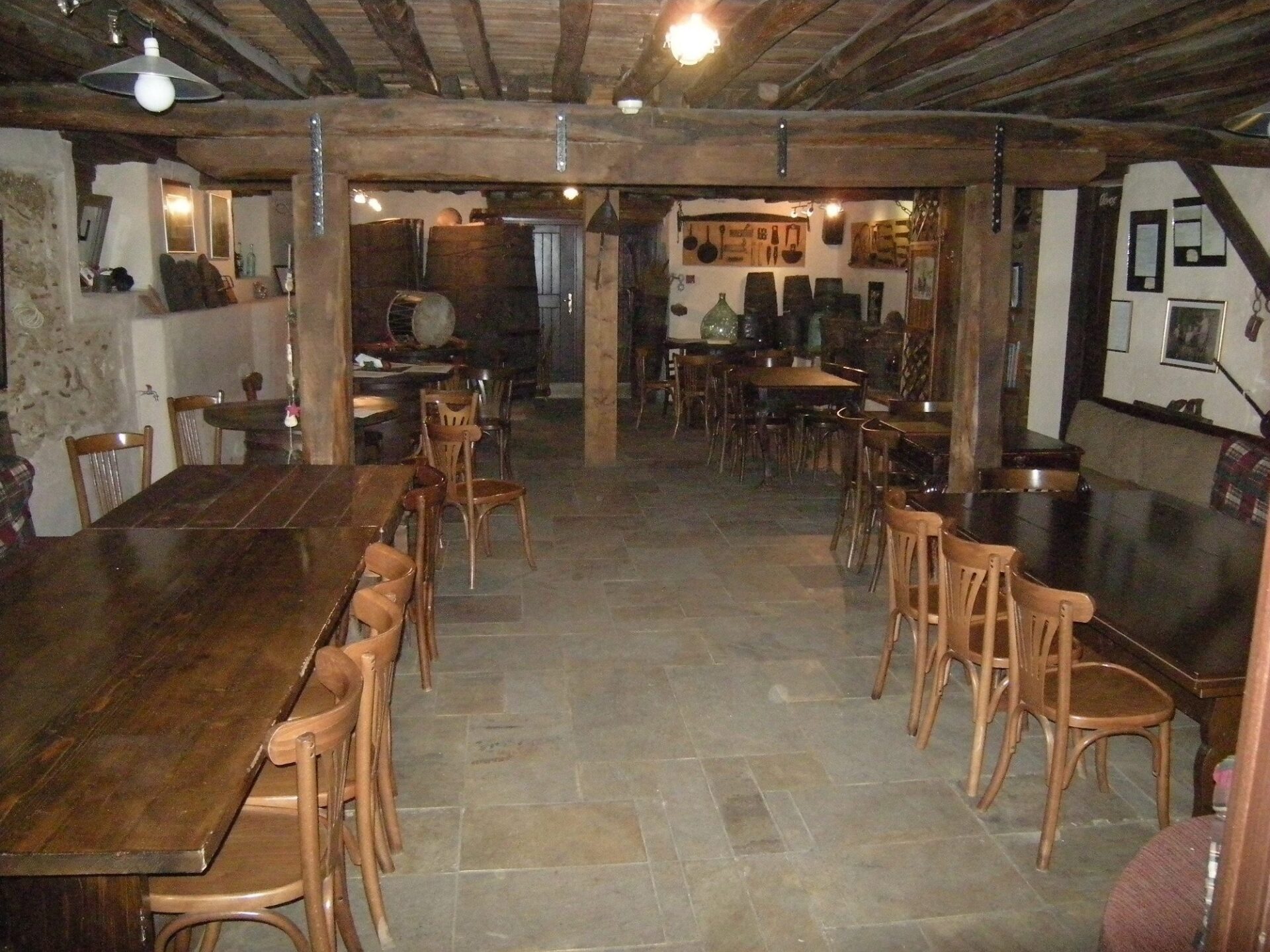
Pairing Local Cuisine with Xinomavro
Naousa’s food scene opened up new ways to enjoy Xinomavro. In classic tavernas, I ordered slow-cooked lamb, local sausages, and wild mushroom dishes.
The wine’s high acidity and savory flavors matched perfectly with hearty northern Greek food. My favorite meal was stifado—a fragrant beef stew with onions.
The Xinomavro brought out the sweetness in the sauce and balanced the rich meat. Family-run restaurants often suggested pairings, making every dinner feel like a local secret.
Tasting aged Xinomavro with hard cheeses and roasted eggplant brought out the wine’s earthy, spicy notes. Every meal in Naousa deepened my connection to this unique wine and the region itself.

Beyond the Glass: Exploring Naousa’s Charms
Naousa has plenty to offer beyond its legendary Xinomavro wine. From ancient ruins and scenic springs to lively markets, the city invites you to fill your days with all kinds of experiences.
Historic Landmarks and Must-See Sights
As I wandered Naousa, I found history at every turn. The town square features the impressive Heroon, a monument for local heroes who resisted Ottoman rule—it stands tall, full of pride.
Not far away, the School of Aristotle gives you a peek into the past. Historians say the great philosopher taught Alexander the Great right here.
I wandered the same paths ancient thinkers once walked. The Old Metropolis Church stands out with its striking Byzantine architecture.
Inside, I admired faded frescos and quiet corners perfect for reflection. Every visit felt like a gentle step through time.
A few blocks on, I checked out the interactive Wine and Vineyard Museum. The exhibits explain Naousa’s deep winemaking roots, and local guides shared stories about families who’ve tended vines for generations.

Embracing the Natural Springs
Naousa is well-known for its clear, cool natural springs. At Agios Nikolaos Park, massive plane trees stretch overhead while crystal water flows along walking paths.
The sound of running streams and birds made me pause and just breathe it all in. I filled my water bottle at one of the many fountains—locals swear the spring water has healing powers, and I have to admit, it’s refreshing after a day of exploring.
Kids played by the streams, families relaxed on benches, and picnic spots were everywhere. On weekends, musicians sometimes play under the trees.
A slow walk along the park’s shady trails is worth it—just take your time and enjoy the moment.
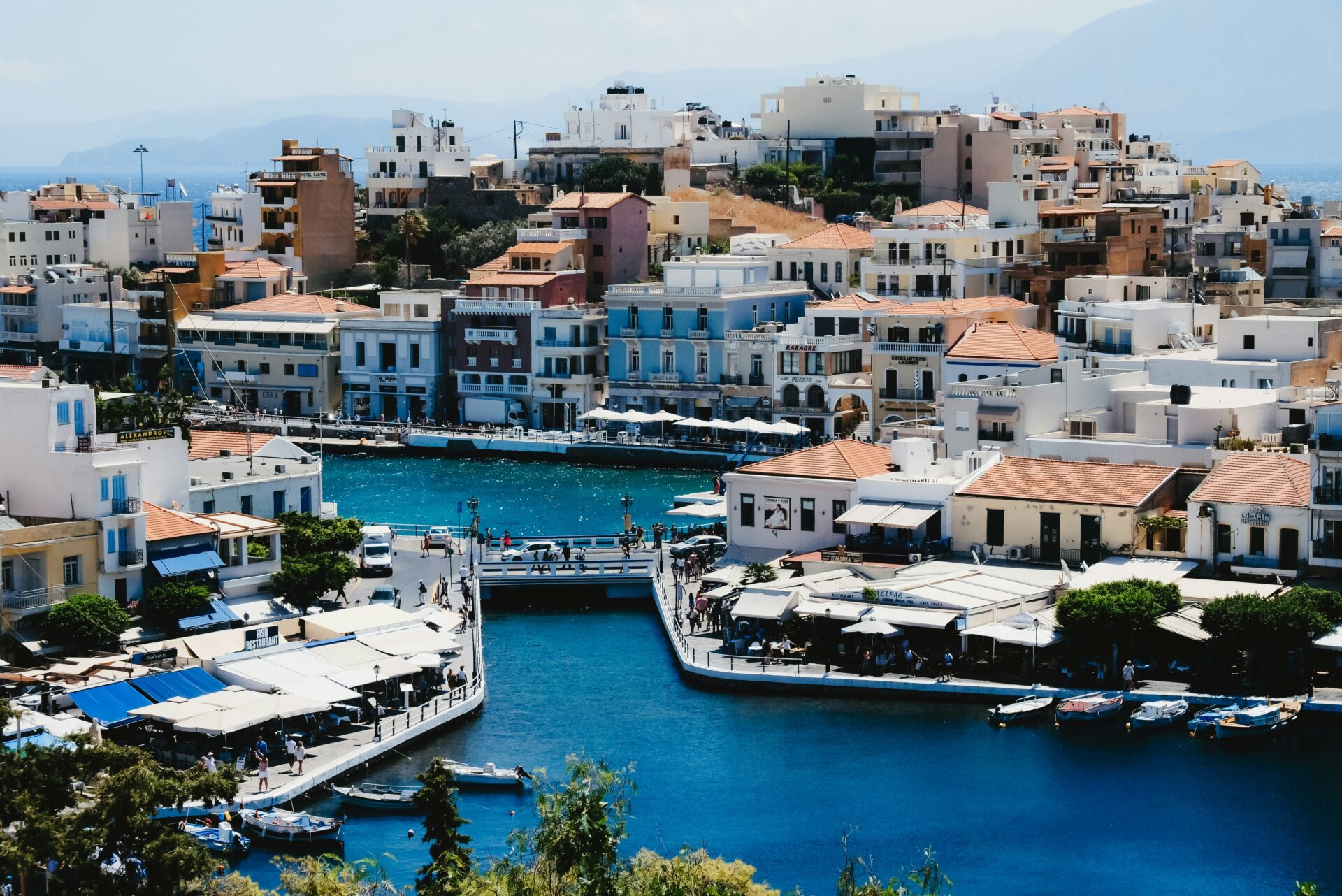
Hidden Gems and Local Markets
Naousa’s charm hides in unexpected corners and bustling markets. I wandered cobbled streets and found tiny bakeries selling bougatsa, a creamy pastry dusted with powdered sugar.
The main open-air market buzzes on Saturday mornings. Vendors greeted me with fresh cherries, wild herbs, and handmade cheeses.
I tried out a few Greek words and sampled olives before buying a jar to take home. Local artisans sold handwoven rugs and ceramics.
I stopped for mountain tea at a tiny shop, chatting with the owner about old crafts. Exploring these backstreets, I found unique gifts and warm smiles everywhere.
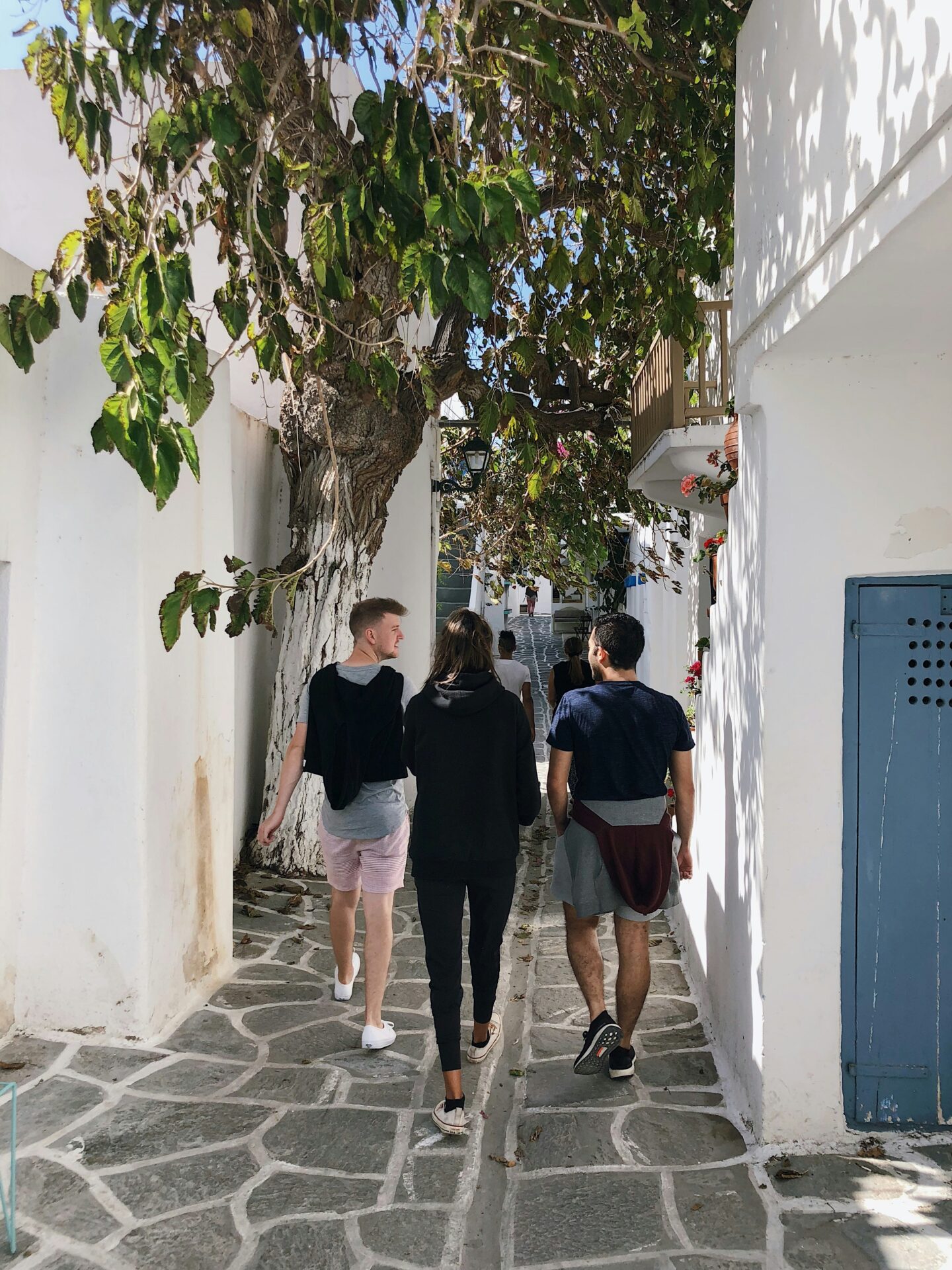
Planning Your Naousa Wine Adventure
My time in Naousa really depended on when I visited, where I stayed, and how I planned my days among the vineyards. Booking smart made a big difference, and honestly, there are a few practical tips I wish I’d known.
Best Time to Visit
In spring, the hills around Naousa come alive. Wildflowers pop up between the vines, making everything feel fresh and new.
But honestly, fall is my favorite. Harvest season fills the air with excitement, and you get the chance to taste fresh wines—especially Xinomavro. If you swing by in late September or October, you’ll probably stumble into a local festival dedicated to wine and the grape harvest.
Winter feels quiet and peaceful. Some wineries cut back their hours, though. Summer brings long days and warm nights, which makes it perfect for wandering up Vermio mountain or sipping wine outside.
I’d suggest checking out the local wine events. The three-day Xinomavro celebration, for example, draws growers and guests from all over. It’s a good time.
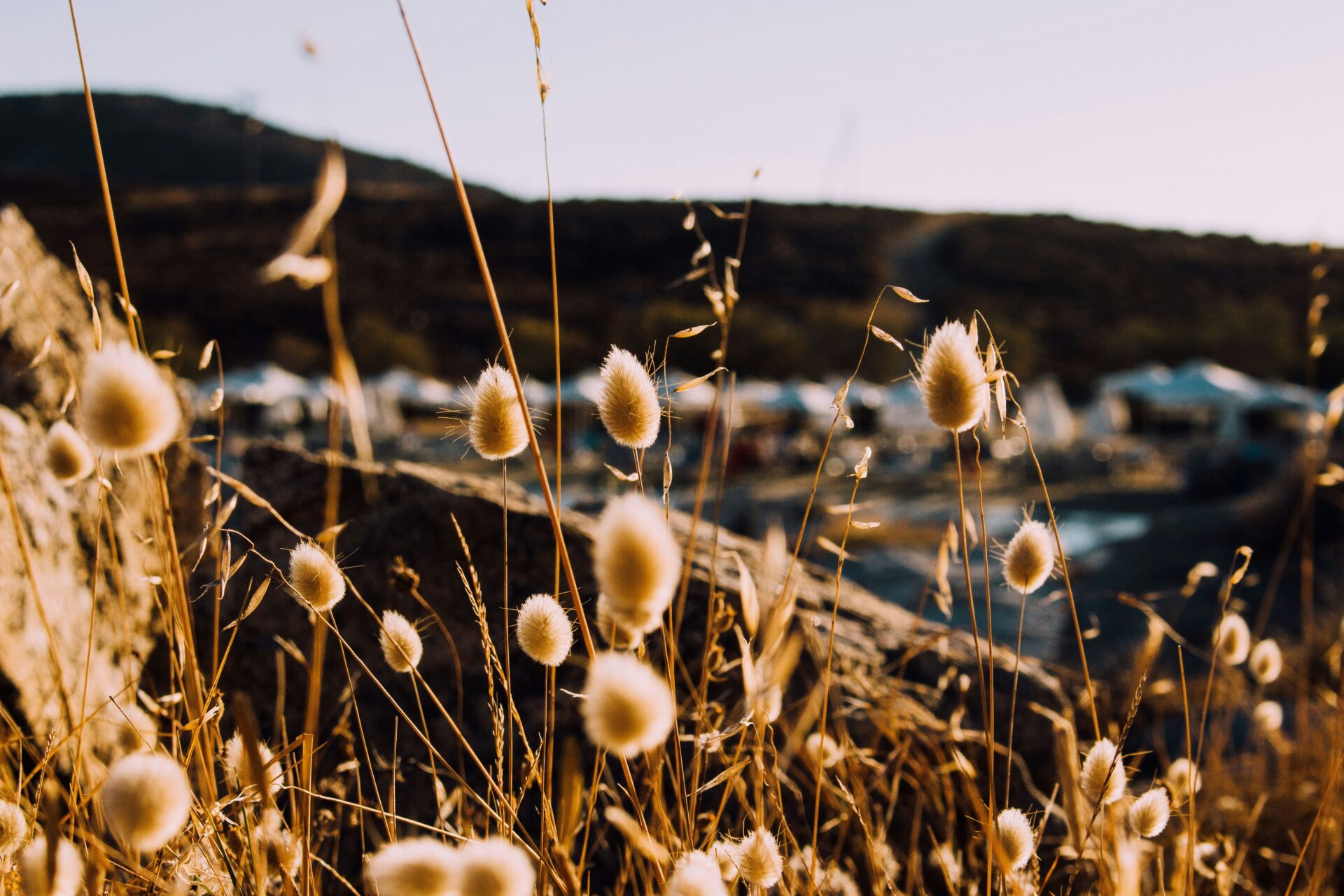
Where to Stay
I found a bunch of small, family-run guesthouses close to the town center. Staying there made it easy to walk to tastings.
If you want something a bit fancier, larger hotels and boutique spots sit out on the edge of town. They’re usually surrounded by vineyards or tucked near natural springs.
For something really memorable, try a winery stay. Some places have rooms that look right over the grape rows. Waking up to that view? I’ll never forget it.
Here’s a quick table of options I looked at:
| Accommodation Type | Example Features |
|---|---|
| Guesthouses | Local charm, hearty breakfasts |
| Boutique hotels | Modern comforts, vineyard views |
| Winery stays | On-site tastings, rural setting |
| Mountain lodges | Hiking access, peaceful nights |
I always checked for things like shuttle service to wineries and whether I could walk to the old neighborhoods.
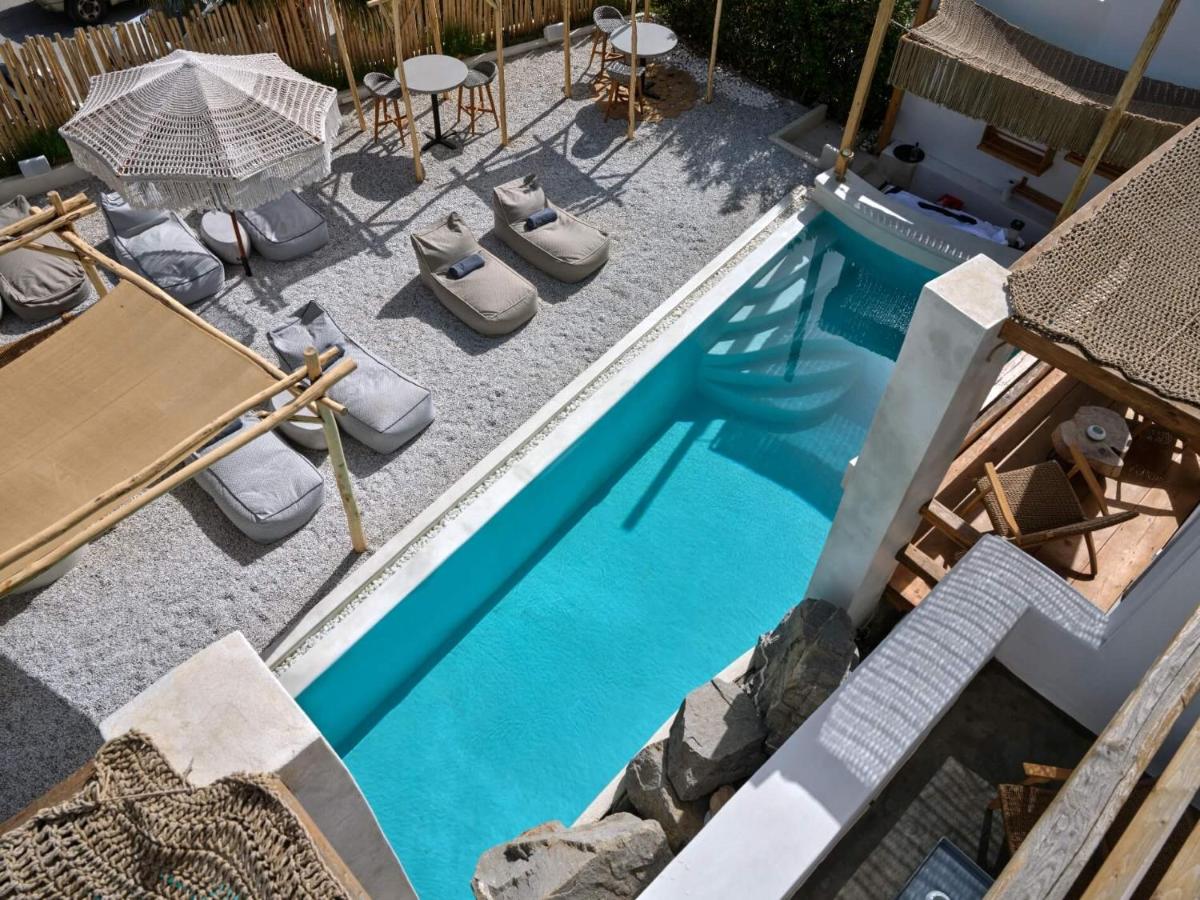
Wine Tours and Tastings
Honestly, my favorite memories came from guided wine tours. I picked up a lot about Xinomavro and the history of Naousa just by chatting with locals.
Most wineries welcome guests for tastings all year. Some even let me wander the vines with the winemaker, which felt pretty special.
I’d go for tours that hit a few different wineries. That way, you can see how winemaking styles change from one place to another. Small group tours felt more personal, but private tastings let me ask every question I could think of.
If you want to get your hands dirty, join a harvest activity. I pressed grapes myself once, and it’s a memory that sticks.
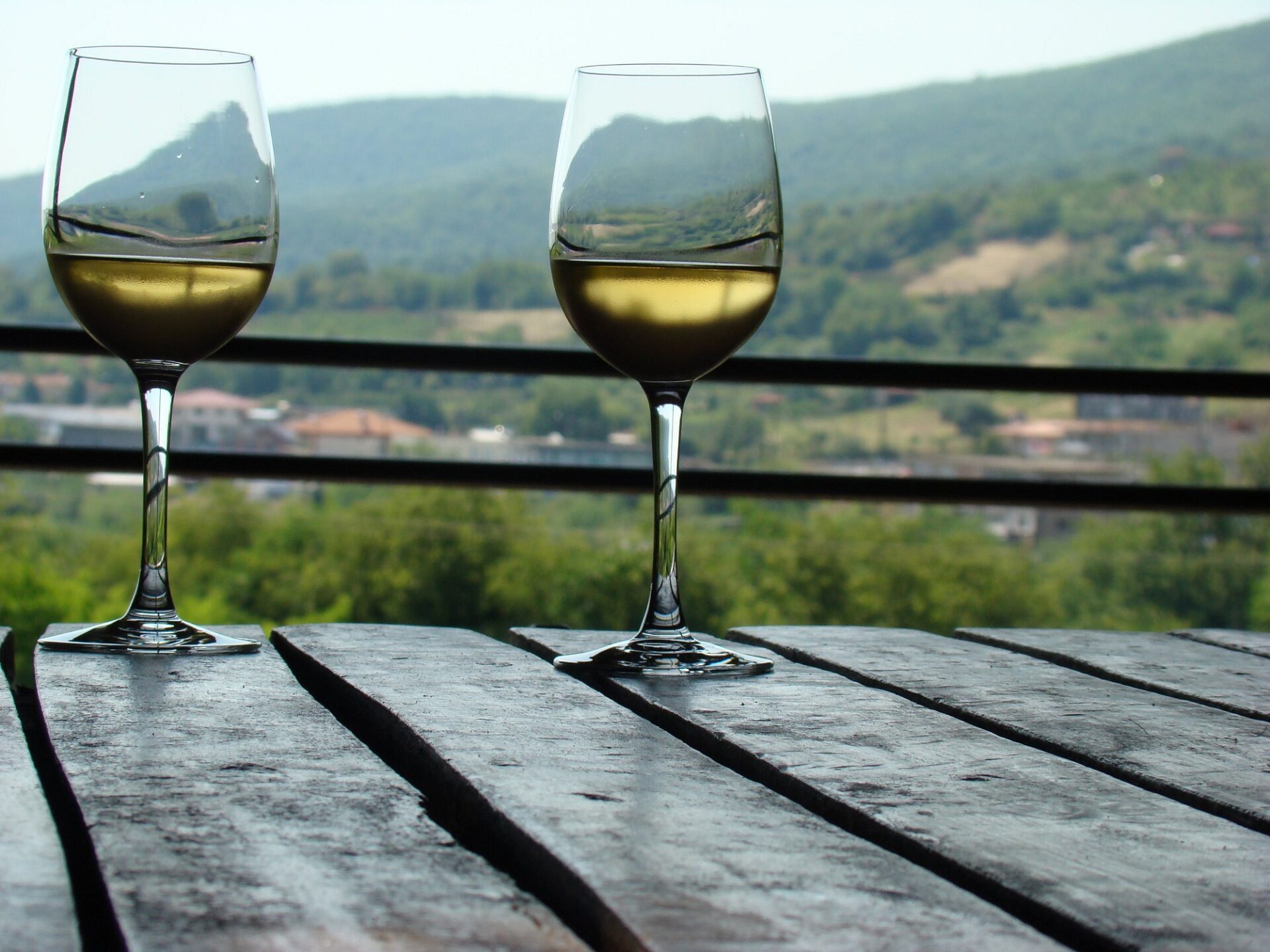
Travel Tips and Practical Details
I found getting to Naousa easiest when I flew into Thessaloniki and rented a car for the hour-and-a-half drive. Public buses do run to the city, but honestly, having a car just gave me the freedom to check out wineries and mountain roads that are a bit off the beaten track.
I always called ahead to book tastings. Some spots require reservations, especially if there’s a festival going on.
Comfortable walking shoes were a lifesaver since tastings usually meant wandering through vineyards or exploring old neighborhoods. I’d also suggest bringing some cash for small buys or tips—some places just don’t take cards.
Most locals spoke English, but I noticed that using a few Greek phrases really made conversations warmer. It’s a small thing, but it goes a long way.

